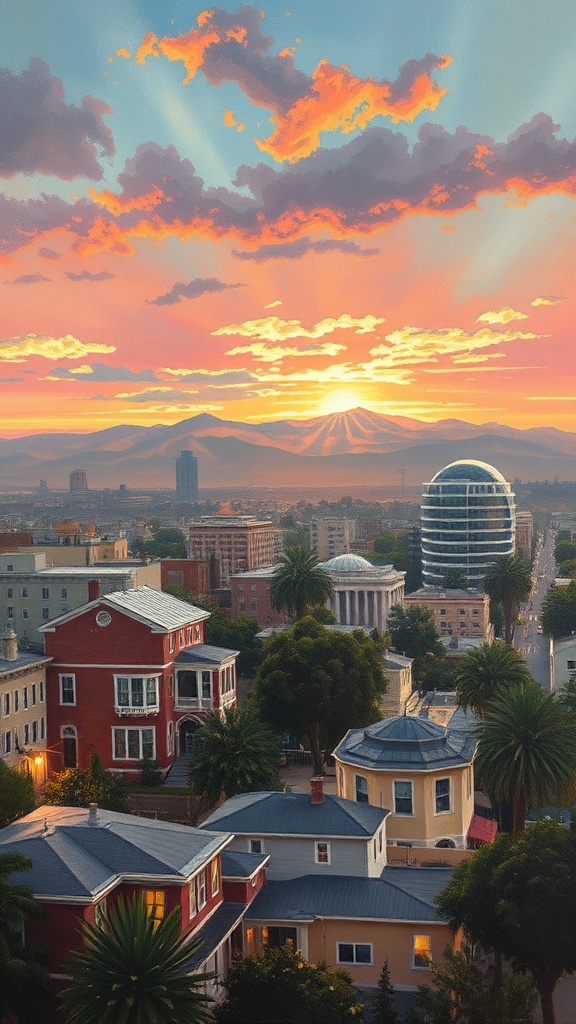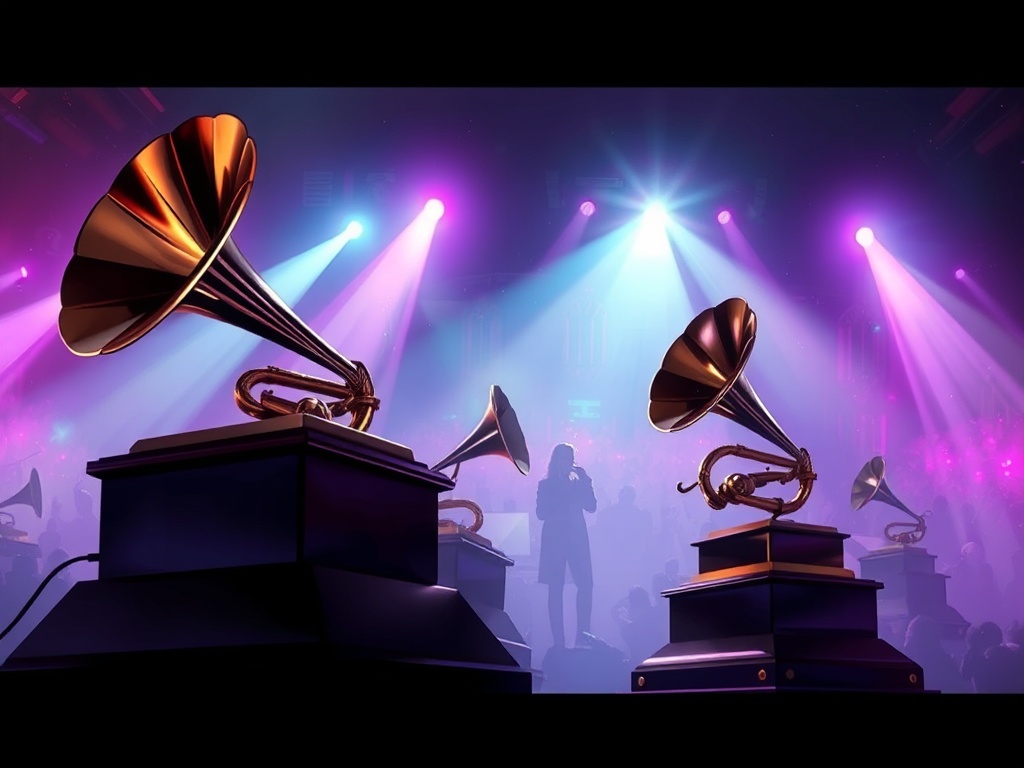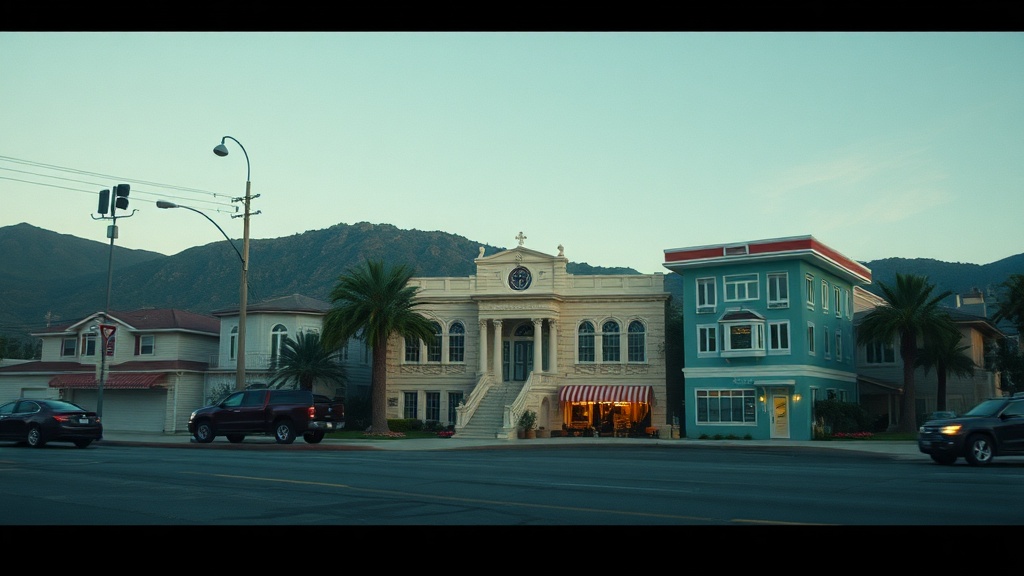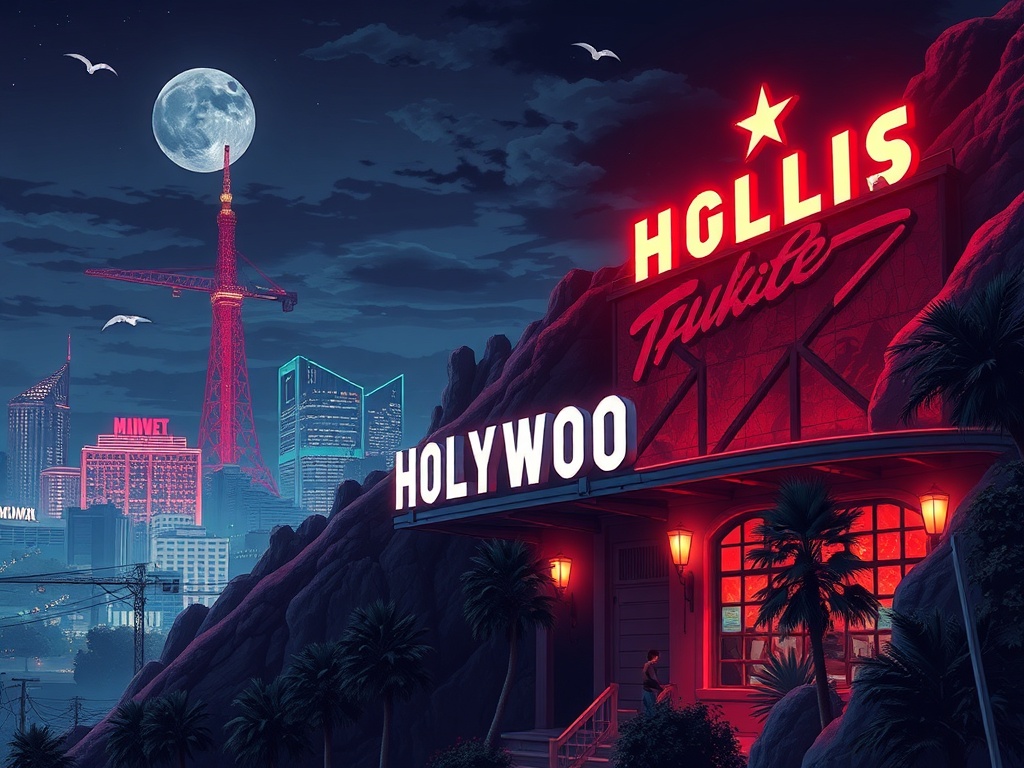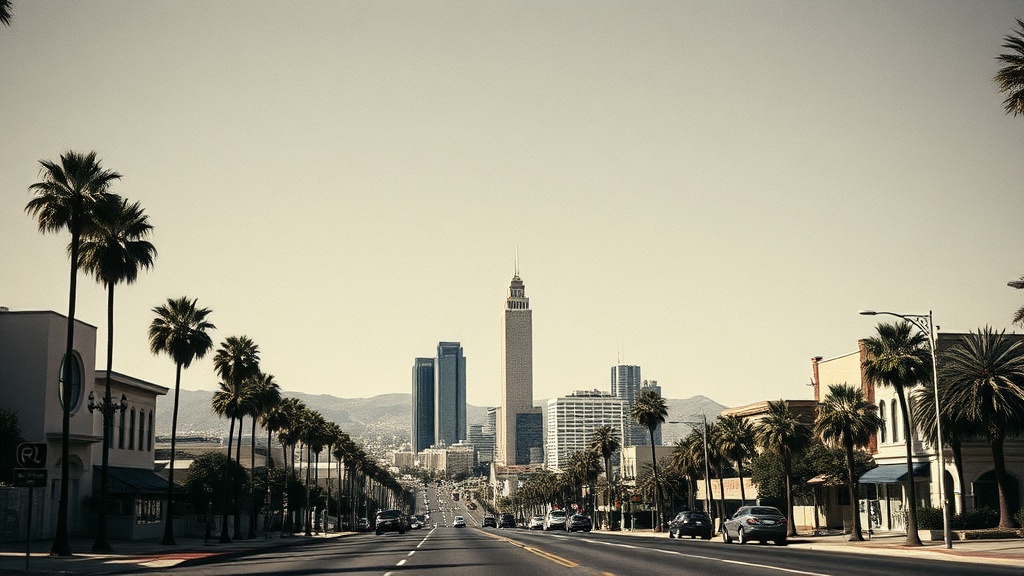Why the SAG Awards Matter: What to Watch and How They Shape Careers
The Screen Actors Guild Awards stand out because they’re decided by peers.
When actors vote for actors, recognition carries a different weight—it’s an endorsement from people who understand craft, set dynamics, and the demands of a role. That peer-driven approach makes the SAG Awards a bellwether for creative momentum, industry respect, and sometimes broader awards outcomes.
What makes the SAG Awards unique
– Peer recognition: Winners are selected by fellow performers, which often highlights nuanced, actor-driven work that might be overlooked by critics or popular vote.
That peer validation can open doors to new roles and elevate a performer’s negotiating power.
– Ensemble awards: The standout feature is the ensemble cast prize. Celebrating the whole team emphasizes collaboration and often boosts visibility for shows and films with strong group dynamics rather than relying solely on star power.
– Cross-medium influence: With streaming reshaping content discovery, television and film nominees are increasingly drawn from diverse platforms. That blurring of lines has expanded the pool of contenders and made the SAG Awards a key showcase for both prestige streaming projects and traditional studio releases.
Trends to watch
– Ensemble storytelling: Projects that prioritize ensemble chemistry and layered supporting work tend to perform well.
Casting directors, showrunners, and producers are mindful of ensemble strength when positioning titles for consideration.
– Diverse representation: Nominees now reflect wider cultural and international perspectives, which can translate into broader audience interest and further opportunities for underrepresented talent.
– Streaming impact: Streaming services continue to dominate nominations, leveraging targeted campaigns and platform reach to mobilize buzz. At the same time, theatrical releases that emphasize performance-driven narratives remain competitive.
How the SAG Awards influence careers
A SAG Award or even a nomination can be a career inflection point. For emerging actors, a nod signals industry approval and can lead to bigger auditions and agent interest. For established performers, it reinforces credibility and can affect awards trajectories across the season. Casting and development executives often factor peer recognition into future casting decisions and talent attachments.
Campaign strategies that work
– Focus on scenes and moments: For actors, presenting a clear, memorable scene to voters is more effective than broad publicity.

Clips that showcase range and emotional truth resonate.
– Emphasize ensemble dynamics: Campaigns that highlight chemistry and collaborative storytelling help ensemble contenders stand out.
– Targeted outreach: With voting concentrated in the acting community, thoughtfully curated screenings, conversations, and peer-focused events often yield better engagement than mass marketing tactics.
Red carpet and public perception
The red carpet remains a cultural moment: stylists, designers, and PR teams use the event to elevate profiles and create headline moments. Social media amplification turns sartorial choices and memorable speeches into sustained conversations that reach outside traditional industry circles.
Voting integrity and voice
As an actors’ union event, the SAG Awards underscores the importance of the performer’s voice in recognizing art. That union connection reinforces industry standards while celebrating the creative work of actors across formats and genres.
Ultimately, the SAG Awards are more than trophies.
They reflect peer respect, spotlight collaborative storytelling, and help shape the careers of the people who bring characters to life.
For audiences, following nominees and winners offers a curated roadmap to exceptional performances worth watching.
